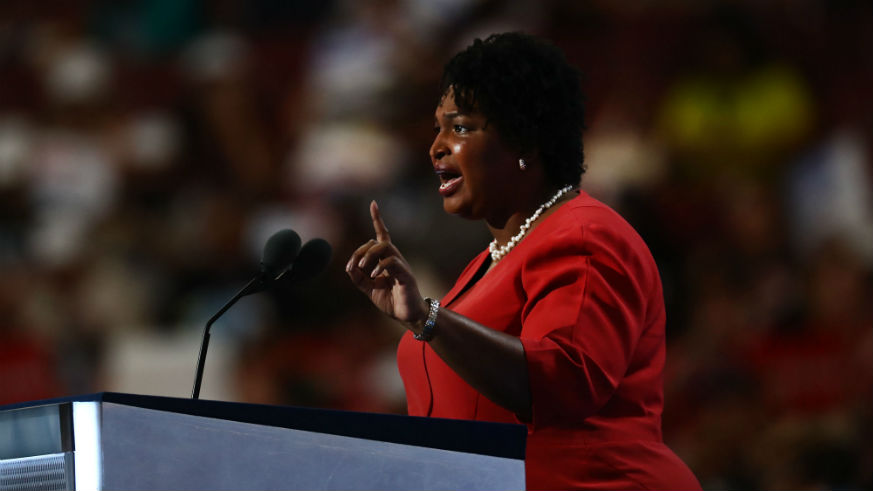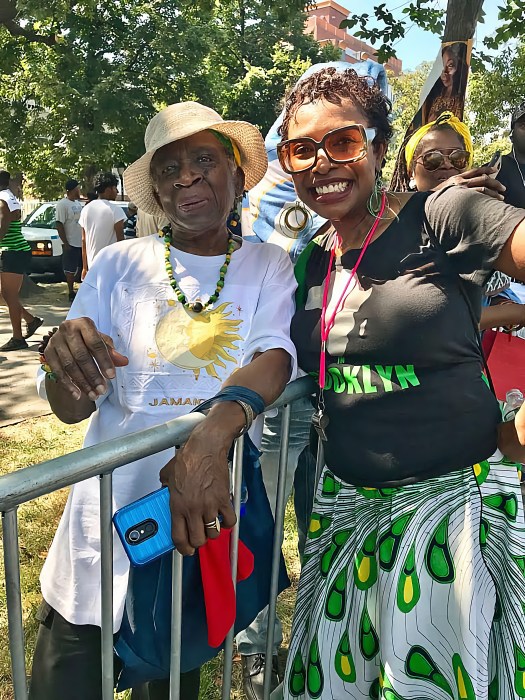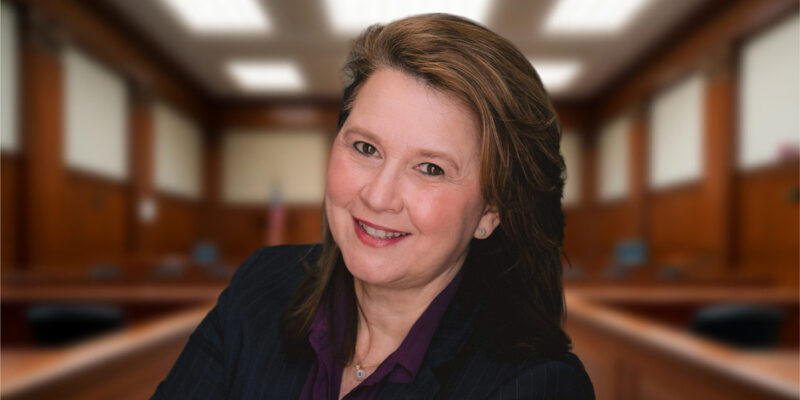Paulette Jordan (D-Idaho) is on her way to becoming the first Native American governor in history. Today, May 22, Georgia residents hit the polls for their primary election and chose Stacey Abrams to be the Democratic gubernatorial nominee. This brought her one step closer to becoming the nation’s first black female governor.
Abrams is focused on connecting with minority voters particularly in rural communities as well as women. She’s not relying on, as The New York Times related, the vote of the conservative-leaning white citizens. “The approach of trying to create a coalition that is centered around converting Republicans has failed Democrats in the state of Georgia for the last 15 years,” she said.
Abrams, 44, won the Democratic vote against a different woman of the same first name: Stacey Evans.
According to NPR, she too focused on speaking to rural communities, but she also wanted to convert dissatisfied Republican voters. “The truth is, no Democrat or Republican has won the state of Georgia without a significant amount of votes from the other side,” Evans, 40, said in the past.
Here’s everything to know about Abrams.
Stacey Abrams was raised in Mississippi
Abrams grew up in Gulfport, Mississippi, with her parents and five siblings. She went to Spelman College and the Lyndon B. Johnson School of Public Affairs at the University of Texas. She also received a law degree from Yale.
Abrams formerly worked as a tax attorney in Atlanta. She’s not married and does not have children.
Stacey Abrams was a former House minority leader
The Yale-educated Democrat was elected minority leader of the Georgia House of Representatives and, in 2011, became the first woman to lead either party in the Georgia General Assembly.
She and Evans were colleagues.

The position that Abrams and her Democratic adversary most readily disagreed on is the state’s lottery-funded Helping Outstanding Pupils Educationally (HOPE) program. The HOPE scholarship was created in the ’90s and offered students heavy financial aid to cover college tuition if they had the grades for it. When Abrams was House minority leader, she agreed to make cuts to the program.
According to The Times, Evans was subject to poverty growing up and attended the University of Georgia through HOPE. She, therefore, wanted to restore it and argued that the cuts negatively affected primarily black high school students.
“That was a blow to the economy of this state to take so many that were on their way to get the skills and the training they needed to get into the workforce and take them out of the system,” Evans said during the final local debate prior to the May 22 primary.
Abrams refuted Evans’ claims saying that she agreed to the overhaul to prevent “deeper” program cuts.
“As leader I fought to save HOPE, to make certain that 100 percent of students with a ‘B’ average have access to HOPE,” Abrams said. “I credit Stacey Evans for doing good work on HOPE but she has to admit she didn’t do it alone.”
Stacey Abrams founded the “New Georgia Project”
Abrams founded a group called the “New Georgia Project” in 2014, which focuses on getting people classified as the “New American Majority” to vote. This includes “people of color, those 18 to 29 years of age, and unmarried women.”
The New Georgia Project website states that though this group makes up 62 percent of Georgia’s voting population, it only constitutes 53 percent of registered voters. According to her campaign site, Abrams registered more than 200,000 voters of color in a span of two years through this initiative.
Stacey Abrams is an author
Abrams, as it turns out, writes romance novels — she’s authored eight of them so far and uses the pen name Selena Montgomery. Her most recent book, “Deception,” was published in 2009 by the HarperCollins imprint Avon. You can view her author page here.
She also published an autobiography entitled, “Minority Leader: How to Lead From the Outside and make Real Change.”
The bottom line is this: Abrams’ fate will be decided in the November midterm elections when she faces off against Republican gubernatorial nominee Lt. Gov. Casey Cagle. Should she win, it would be the first time in history that any state is headed by a black woman, and Georgia would have its first-ever female governor. Additionally, a Democratic governor hasn’t served Georgia since Roy Barnes’ four-year term from 1999 to 2003.
“I believe there’s a progressive Georgia lying just below the red patina that has covered the state for years,” Abrams told NY Magazine. “I’m afraid that we’ve for so long ignored the opportunity that, absent an ambitious and innovative campaign like mine, we will miss it again. There is a clear path to victory. It’s a hard one, but it’s clear.”























